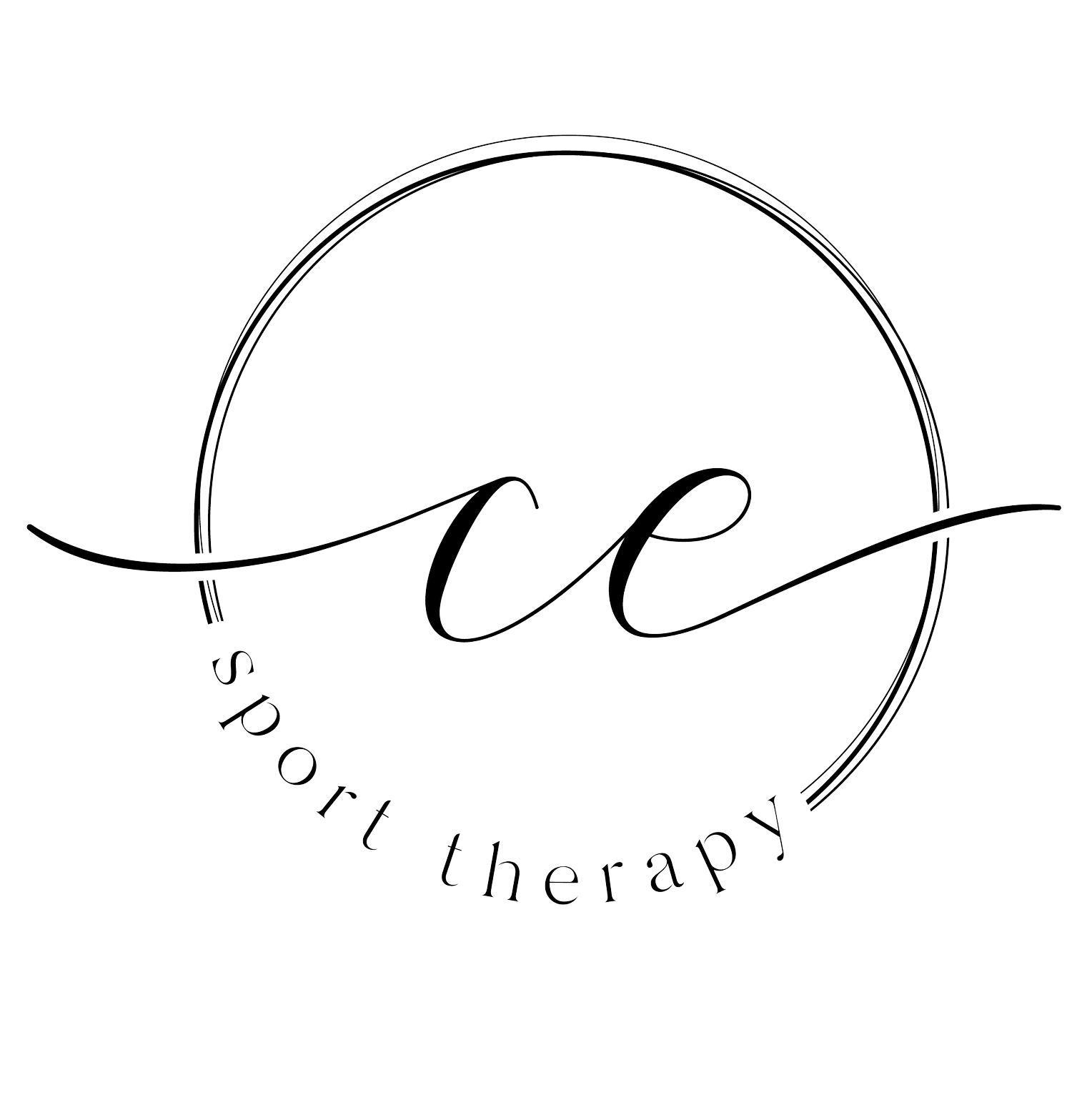Meniscus Pain
I recently saw a young woman who had intense knee pain. One day, she felt her knee shift, and could hardly move it. She went to her physician and got x-rays and an MRI. They showed no physical damage through the knee. The doctors told her there was nothing wrong, and that she should take 6 weeks off of all activity, and all will be good. After five more weeks of having constant knee pain, she decided to come and see me for athletic therapy.
Identifying the Underlying Problem
During the initial assessment I found that her meniscus had shifted backwards. The meniscus is a lubricating and shock absorbing disk that sits inside our knee to help with proper motion. It is only supposed to have minimal sliding motion forward and backwards so the knee can move properly.
Because her meniscus was stuck in that shifted position, it was getting pinched every time she bent and straightened her knee. This pinching caused the intense pain every time she moved her knee. It got to the point where she was unable to get into her car.
Why was her meniscus shifts backwards? Your hamstring muscles have some attachments to the meniscus and are partly responsible for the proper sliding motion of the meniscus. Six years ago, she had a bad hamstring pull which she didn’t rehabilitate properly. This caused a bunch of nasty compensation patterns leading to a hamstring muscle that was super tight, no matter how much she stretched it.
How Athletic Therapy Helped
In the first session, we used NKT (Neurokinetic Therapy) to find and correct some of those compensation patterns. She left that day being able to fully bend and straighten her knee without pain for the first time since the injury. Since then we have been working through her compensation patterns from various previous injuries which are all connected to her knee injury.
The Moral of the Story is:
Take the time to rehabilitate your knee injuries properly when they first happen! Additionally, just because a muscle is tight, doesn’t mean it needs to be stretched. Sometimes that muscle is tight because it is the only thing supporting your joints. In that case you need a proper rehab program to turn on the dysfunctional muscles, which will allow that tight, painful muscle to relax.
If you are looking for more help with a knee injury, CLICK HERE to request to speak with one of our therapists about your knee pain for advice and to find out how we can help!

